My first visit to Spoleto Festival in Italy changed everything I thought I knew about Italian culture. Until that summer experience, my understanding was limited to touristy pasta dinners and postcard views of the Colosseum. The Festival dei Due Mondi (Festival of Two Worlds), founded by composer Gian Carlo Menotti in the small hillside town of Spoleto, showed me how deeply art connects with everyday Italian life.
The real magic of Spoleto Festival isn’t just the performances, but how it transforms the entire town into a living artwork where locals and visitors share cultural experiences.
Walking through narrow medieval streets between shows, I’d often find myself chatting with town residents who took immense pride in hosting artists from around the world. These conversations over espresso taught me more about Italian values than any guidebook could.
The festival brings together opera, dance, theater, and visual arts in venues ranging from ancient Roman theaters to modern stages. Running from late June through mid-July in 2025, it offers a perfect excuse to visit Italy during summer. What surprised me most was discovering that Italian culture isn’t preserved in museums—it’s alive, evolving, and embraces global influences while maintaining its distinct character.
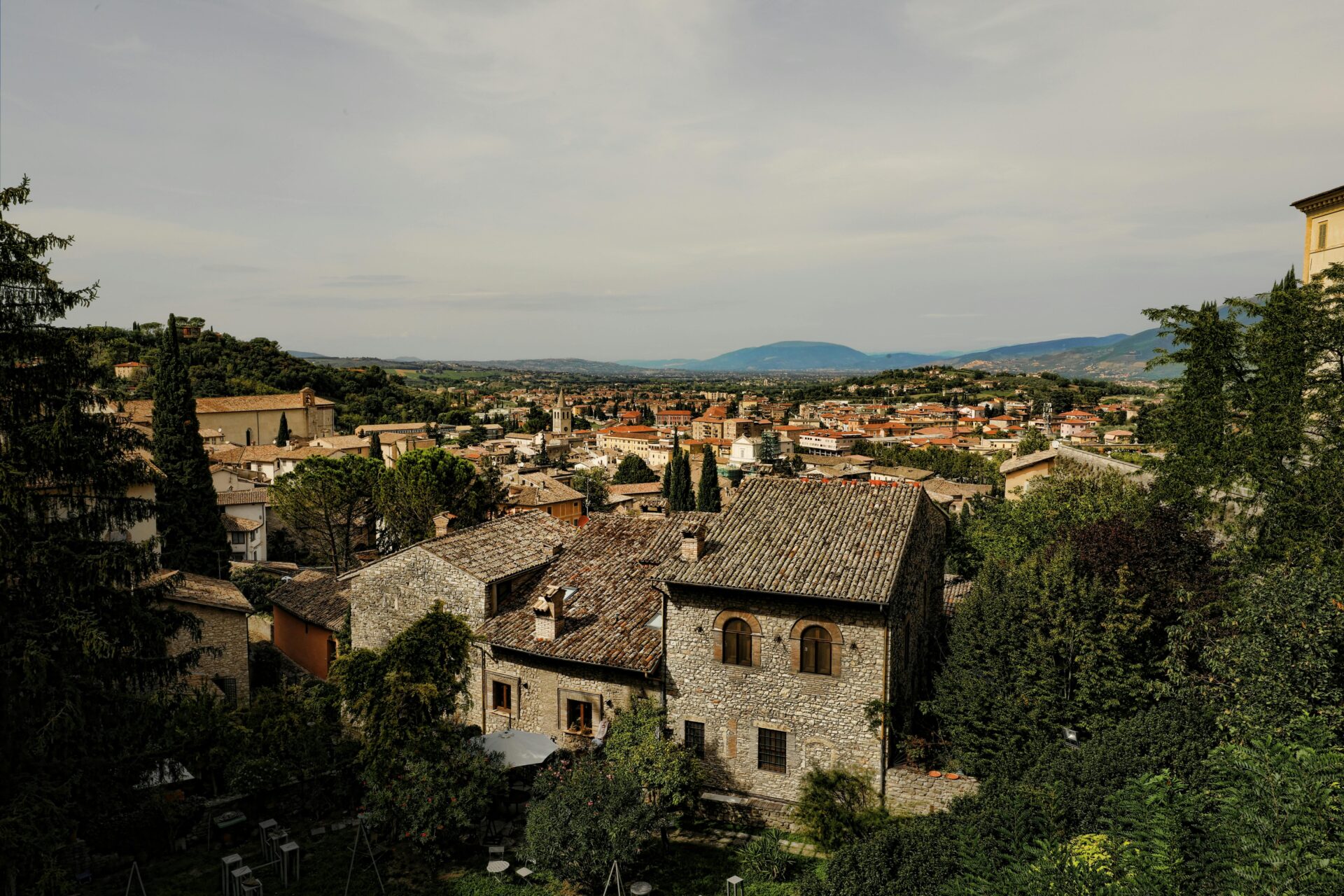
Unveiling Spoleto: A Festival like No Other
The Spoleto Festival transformed my understanding of the arts with its unique blend of performances and cultural significance. This extraordinary event creates a magical atmosphere where history and creativity collide in the picturesque Italian landscape.
Discovering the Roots: Gian Carlo Menotti and the Festival’s Genesis
When I first learned about Gian Carlo Menotti, I was fascinated by his vision. This Pulitzer Prize-winning composer founded Spoleto Festival USA in 1977 as an American counterpart to his original Italian festival.
The Italian festival, which I explored during my summer visit, began years earlier in the charming mountain town of Spoleto in Umbria. Menotti chose this location deliberately, seeing its potential as a perfect backdrop for his artistic vision.
What struck me most was how Menotti transformed Spoleto into an international hub for performing arts. Walking the same streets where his dream took shape, I felt connected to this remarkable cultural legacy that continues to thrive today.

Festival Dei Due Mondi: Bridging Cultures through Art
The Festival Dei Due Mondi (Festival of Two Worlds) lives up to its name in ways I never expected. My first evening there, I watched street performers captivate crowds while orchestral music drifted from nearby theaters.
This festival brilliantly bridges Italian and American artistic expressions. I noticed how diverse audiences gathered, creating a unique atmosphere of cultural exchange that Menotti envisioned. Each performance seemed to speak a universal language that transcended national boundaries.
The festival showcases everything from opera to modern dance, theater to visual arts. What makes it special is how these performances transform Spoleto’s historic spaces. I found myself watching world-class productions in medieval churches and ancient Roman theaters.
Umbria’s mountainous landscape provides a stunning backdrop that enhances every artistic experience. The festival truly makes Spoleto a place where art and history blend seamlessly.
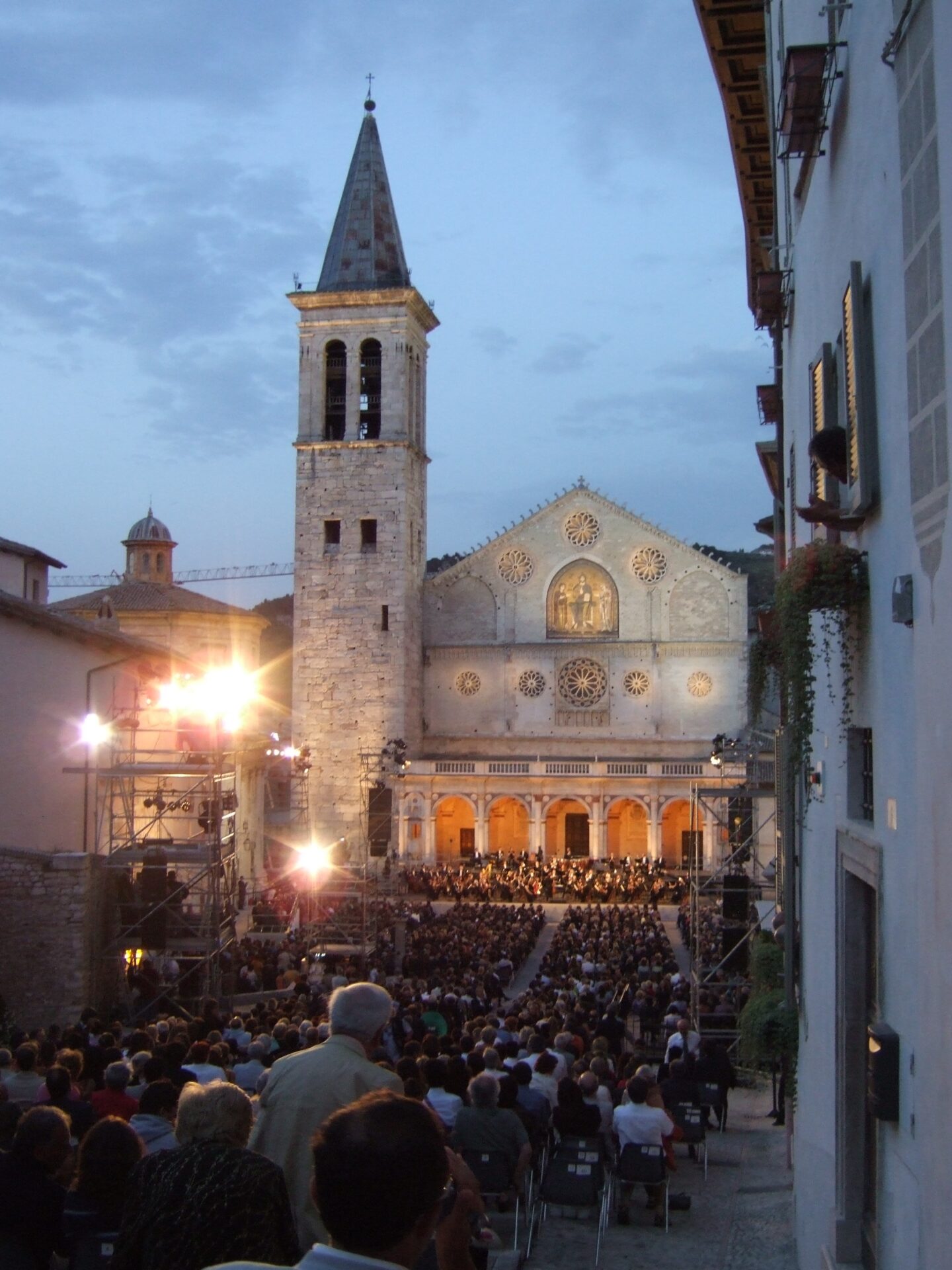
Immersive Experiences: Music and Opera at the Festival
The musical heart of Spoleto Festival truly transformed how I view Italian artistic expression. The festival’s commitment to both traditional masterpieces and innovative contemporary works creates a unique cultural landscape where history and innovation coexist.
Italian Opera: A Soul-Stirring Journey
I’ll never forget my first night at the festival, sitting under the stars as powerful voices filled the historic theater. The intimacy of the venues makes each performance feel personal, drawing you into the emotional landscape of each story.
Italian opera at Spoleto isn’t just about entertainment—it’s a cultural education. The festival specializes in rarely performed masterpieces that many audiences never get to experience elsewhere.
What surprised me most was how accessible these performances felt. Even without knowing Italian, the emotional power of works by Puccini and Verdi transcended language barriers.
The festival often pairs famous works with lesser-known gems, creating a fuller picture of Italian operatic tradition. This approach helped me understand how opera serves as both entertainment and cultural commentary.
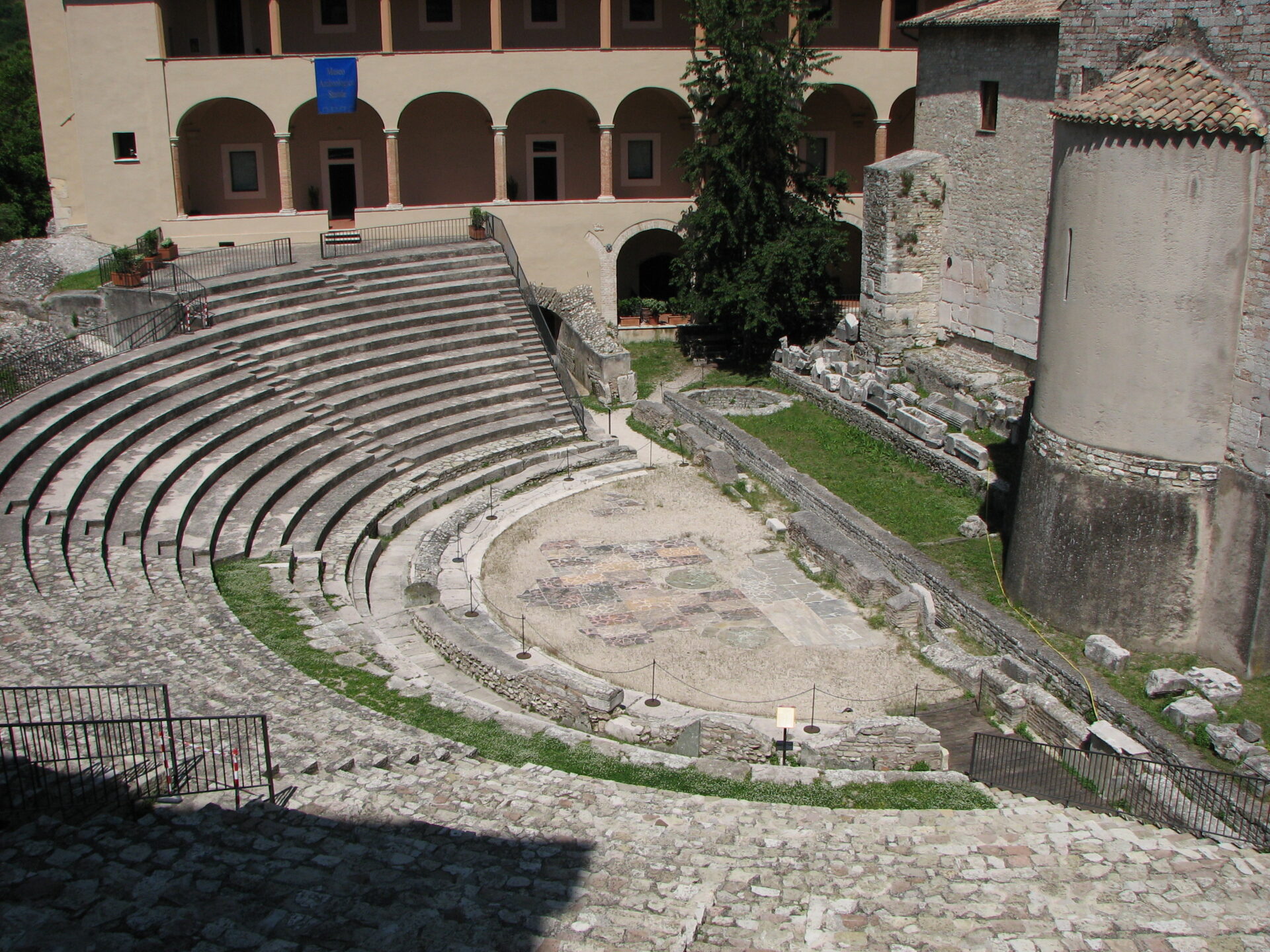
Composer Spotlights: Menotti’s Masterpieces and Contemporary Classics
Gian Carlo Menotti, the festival’s founder, remains a centerpiece of the programming. His works like “The Medium” and “The Consul” showcase the perfect blend of Italian dramatic tradition with American musical influences.
The festival also celebrates other pioneering composers. I was particularly moved by a Philip Glass piece that combined traditional operatic elements with his signature minimalist style.
Samuel Barber’s “Vanessa” was another highlight, demonstrating how American composers drew inspiration from Italian traditions while creating something uniquely their own.
Contemporary composers receive equal billing with the classics. A new work by a young Italian composer used traditional operatic structures to address modern social issues—a perfect example of how this art form stays relevant.
Lukas Foss’s experimental compositions showed me that opera can be both deeply traditional and boldly innovative at the same time.

Staging the Spectacular: Drama and Ballet in an Italian Backdrop
The Spoleto Festival transformed my appreciation for Italian performance arts through its stunning theatrical presentations. The ancient buildings and piazzas became more than backdrops—they were active participants in the storytelling experience.
The Drama of Italian Narratives
Walking into my first Spoleto theatrical performance felt like stepping through a portal to Renaissance Italy. The festival brilliantly showcases classic Italian theatrical traditions like commedia dell’arte, where masked performers bring timeless characters to life.
I was mesmerized by how the performances inhabited historic buildings throughout the city. A 15th-century palazzo became the stage for a modern interpretation of an Italian classic, the stone walls adding authenticity no modern theater could match.
“Theater here isn’t just about watching,” an Italian director told me during an intermission. “It’s about feeling the weight of history beneath your feet as the drama unfolds.”
What struck me most was how the festival balanced traditional Italian narratives with bold contemporary works that still honored their cultural roots.
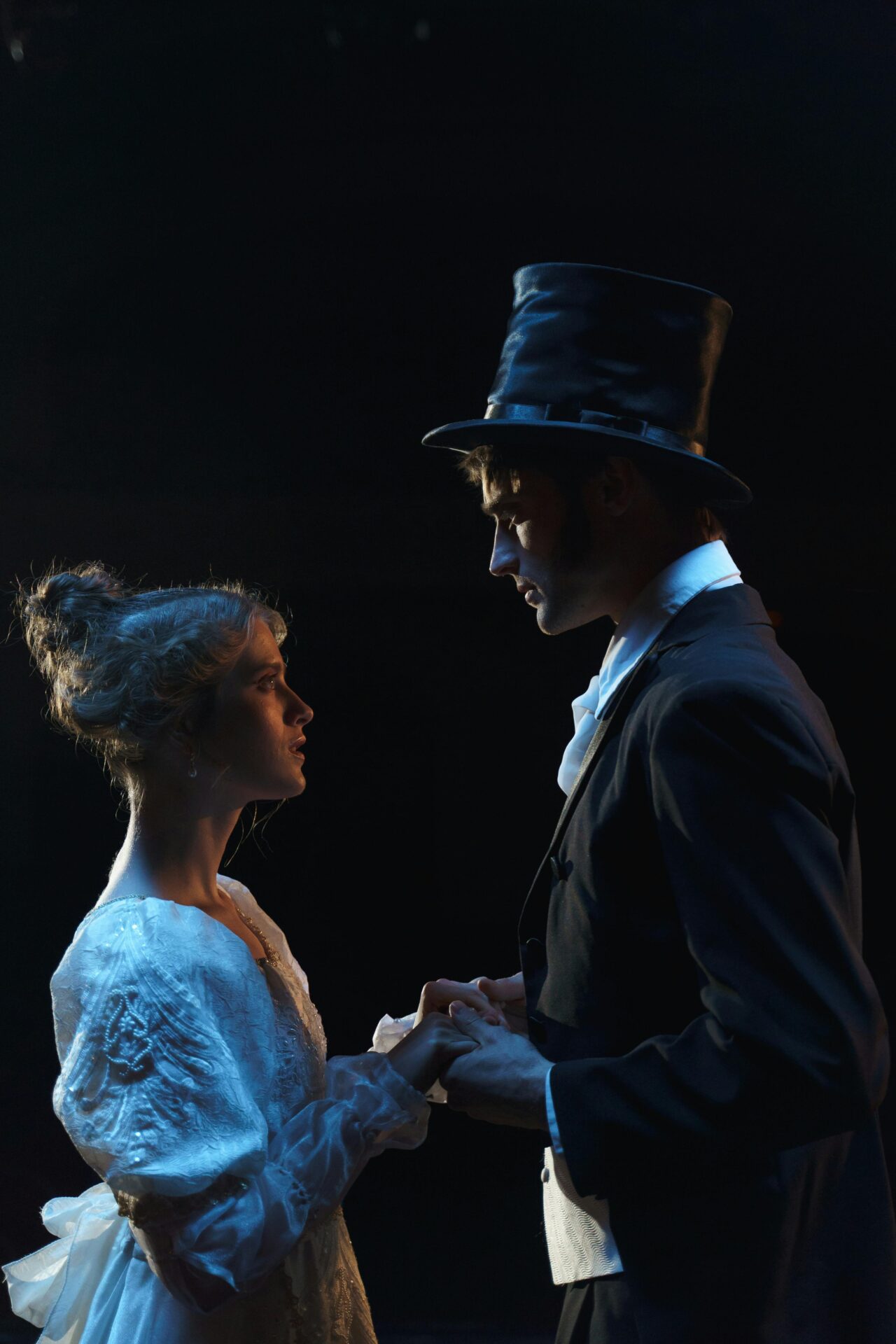
Ballet Performances: A Leap into Italian Storytelling
The ballet performances at Spoleto revealed Italy’s deep connection to movement and music. I watched, transfixed, as dancers performed against the backdrop of a medieval church square, their movements seeming to converse with the ancient stones.
Italian ballet has its own unique flavor, and Spoleto celebrates this through performances that honor classical techniques while embracing modern interpretations. The festival’s 17-day program often features works that tell distinctly Italian stories through movement.
One unforgettable evening featured a contemporary ballet inspired by Umbrian folklore. The dancers seemed to float across the outdoor stage as the Italian sunset created a natural lighting effect no designer could replicate.
The festival’s commitment to hosting performances in historic venues means you might experience world-class ballet in a Roman amphitheater or Renaissance courtyard. These settings transformed ordinary performances into extraordinary cultural journeys.
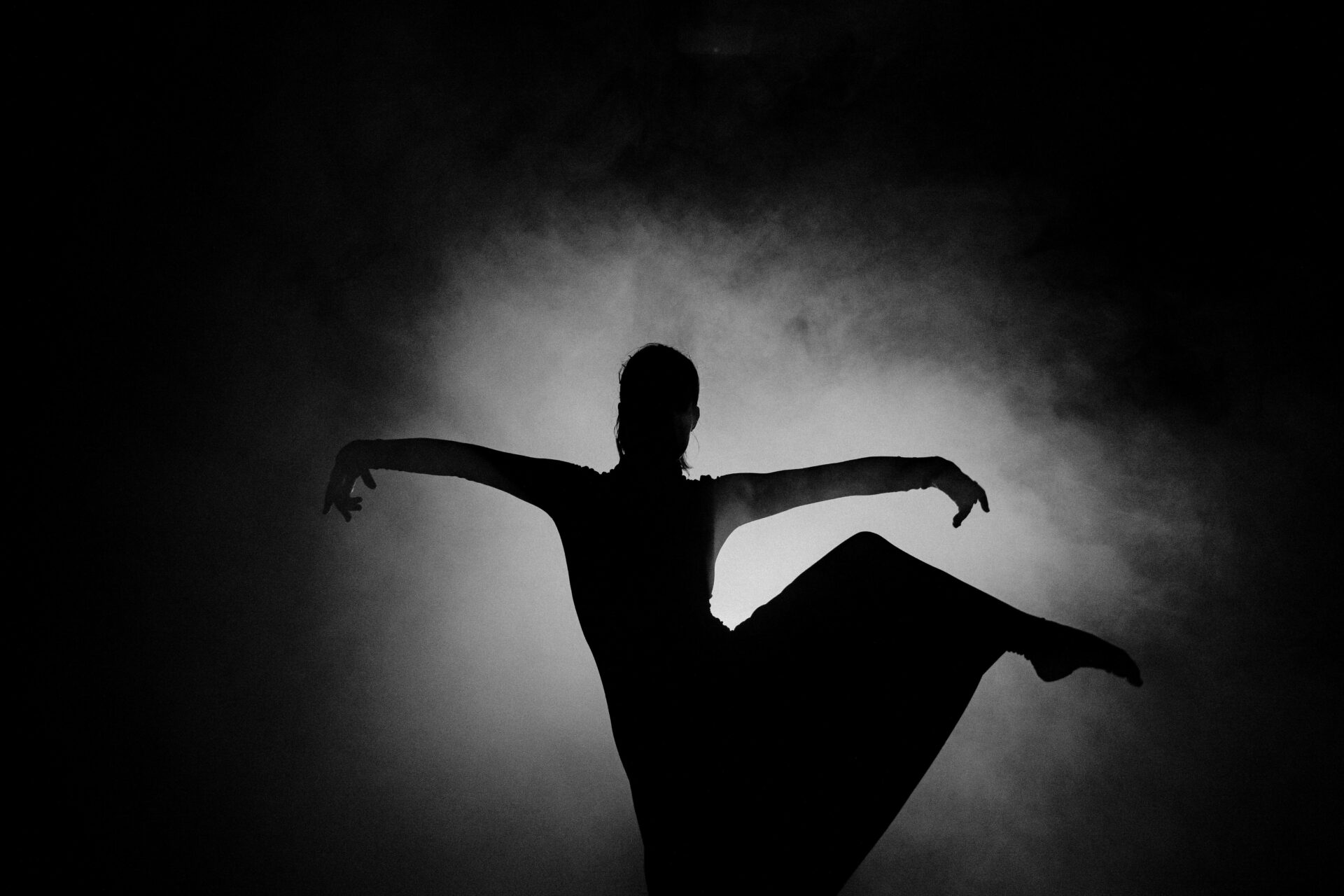
Cultural Resonance: How Spoleto Influenced My Perception of Italian Heritage
The Spoleto Festival opened my eyes to Italy’s artistic soul in ways I never expected. Through historic venues and community connections, I discovered how deeply art is woven into Italian identity.
Historical Significance: The Role of Yester House and Other Venues
Walking through Yester House during the festival, I felt centuries of Italian artistic tradition come alive around me. The building’s ancient stone walls created a perfect backdrop for performances that seemed to echo through time.
Unlike sterile modern venues, these historic buildings in Spoleto transformed each performance into something more meaningful. The architecture itself told stories, with performers breathing new life into spaces that have witnessed hundreds of years of cultural evolution.
I remember watching a string quartet perform in a 12th-century courtyard, where the acoustics were naturally perfect. This wasn’t just about seeing a show—it was experiencing art in the exact environment where Italian culture had flourished for generations.

Community Interaction: From Charleston to Spoleto
What struck me most was how the festival connected two seemingly different communities across continents. The sister festival in Charleston brings Italian artistic traditions to the American South, creating a beautiful cultural bridge.
In both locations, I witnessed locals embracing visitors with genuine warmth. Italian families opened their homes for festival dinners, sharing recipes passed down for generations alongside stories about their town’s history.
“We don’t just watch art here—we live it,” an elderly Spoleto resident told me as we shared wine after a performance. This community involvement showed me that Italian heritage isn’t just preserved in museums but actively celebrated in daily life.
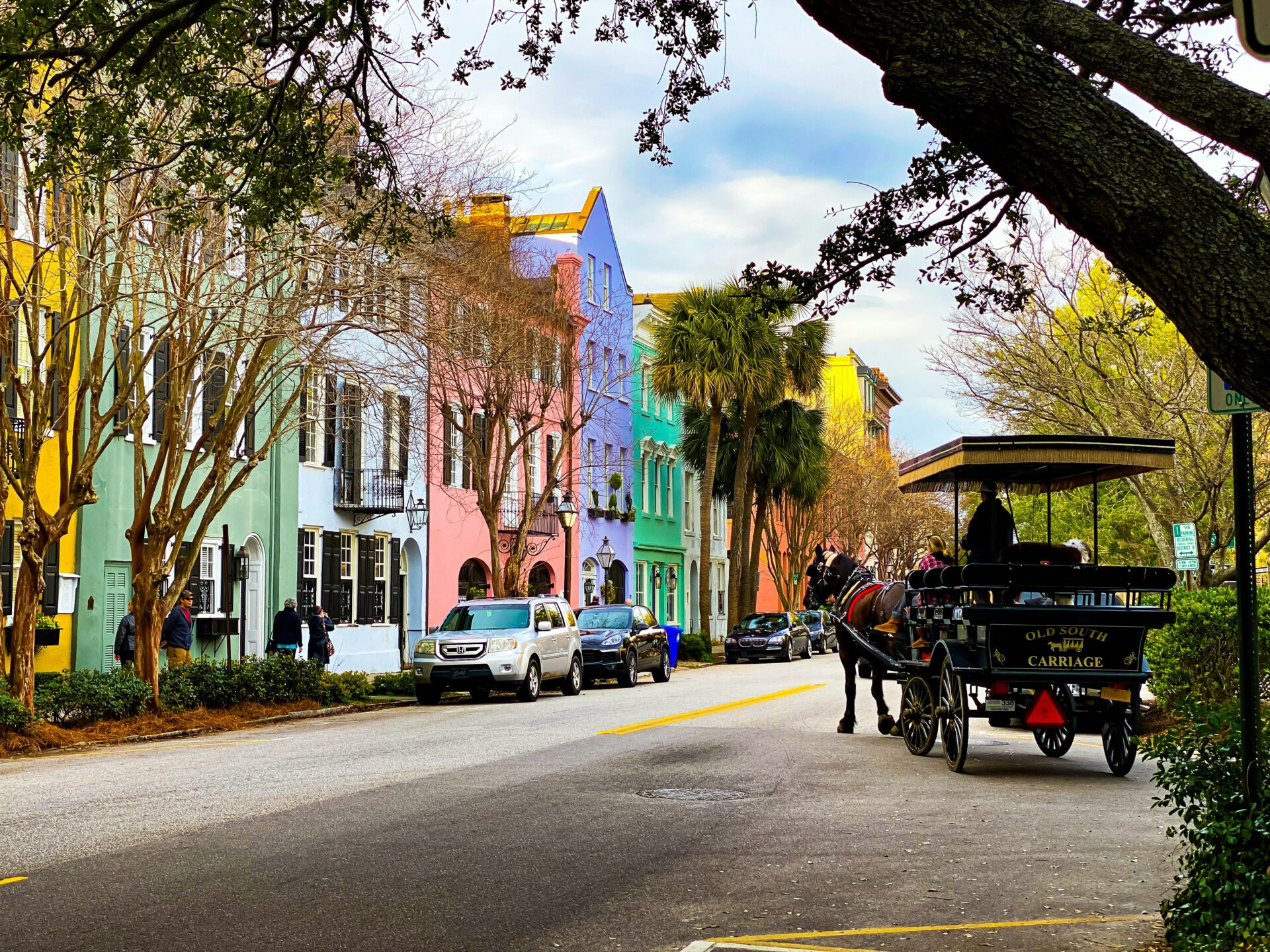
Beyond Performance: The Festival’s Impact on Local and Global Arts Scenes
Spoleto Festival has grown beyond just performances to become a cultural force that shapes artistic communities worldwide. The festival creates ripples that extend far beyond Charleston’s historic venues.
Nurturing New Talent: Training and Collaboration
Walking through Spoleto’s various venues, I’ve witnessed how the festival serves as an incubator for emerging artists. Young musicians from the Curtis Institute of Music often perform alongside established veterans, creating a unique mentorship environment I haven’t seen elsewhere.
Last year, I watched a young violinist who had trained in Spoleto’s program perform a challenging piece of contemporary music. The audience’s standing ovation brought tears to my eyes.
The festival offers workshops where classical music traditions meet innovative approaches. These collaborations have launched numerous careers, including several musicians who now perform with major symphonies across America.
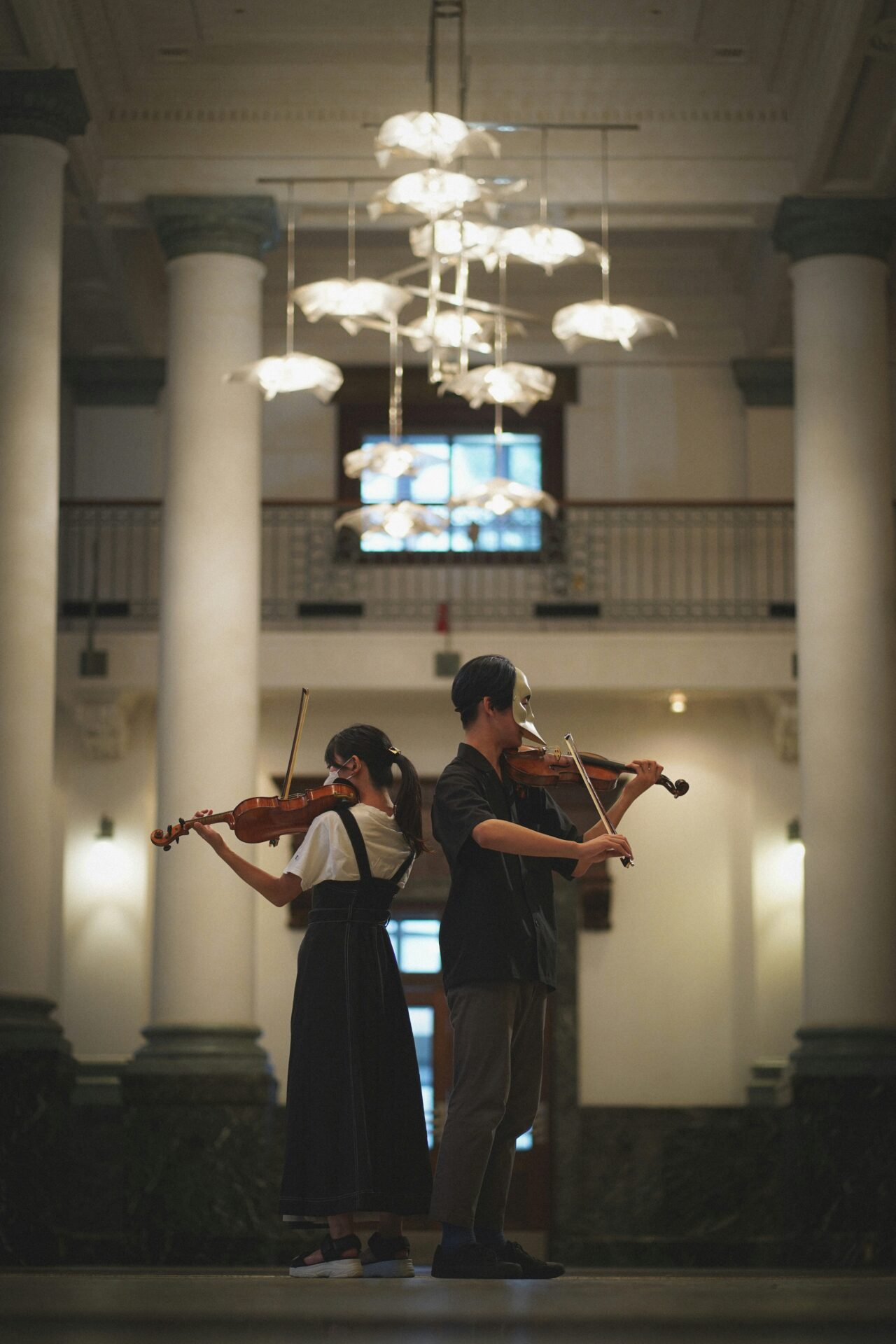
Spoleto’s Ripple Effect: Festivals Inspired Abroad
My travels to arts festivals in Europe have shown me Spoleto’s global influence firsthand. The original Italian Spoleto Festival has spawned numerous imitators. Each imitator adapts its multi-disciplinary approach to local cultures.
I visited a small festival in Spain last summer. The organizer directly credited Spoleto USA as its inspiration. The organizer told me, “We wanted to create the same magic between audience and performers that happens in Charleston.”
The festival’s approach to blending classical music with contemporary works has become a model for modern arts programming. Many festival directors I’ve interviewed point to Spoleto as their blueprint for success.

